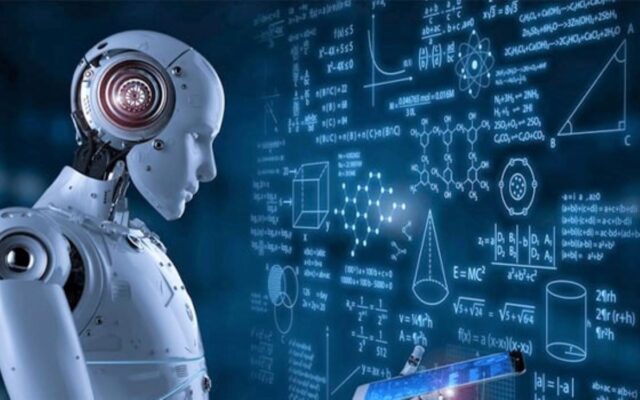It is hard to turn away from the fact that different types of artificial intelligence is a part of the present. At first, many people were hesitant to use and accept AI in their daily lives. Even now, there are still questions about how we can use technology in our lives, as well as ethical, economic, and other issues. However, it is becoming less and less accurate to say that AI isn’t a part of what we do.
But the world of artificial intelligence is big and complicated, and many people still find it hard to understand. Because of this, it is important to know from the start how tools that are thought to be intelligent learn and to be familiar with different types of artificial intelligence.
How does different types of artificial intelligence work?
Machine learning is based on a process called “training,” which is how artificial intelligence is taught. In it, a lot of information, explanations, directions, and categories are given to a computer program to help it do its jobs. For instance, picture banks, text banks, grammar rules, shape composition, etc.
Even though all of the information in AIs is built on data that was originally given by humans, one of the most common arguments is about copyright. Technology does make its own goods, but since it uses products made by people, who owns the end results? These questions come up often in creative areas that use AI to make things, like music, painting, writing, etc., and are part of a legal debate about AI. But that’s a different story.
READ MORE: 25 Best Independent Films of All Time [You Should Watch]
Once the AI has some data to work with, it trains itself to follow orders based on patterns in the data and what it learns from making mistakes along the way.
Different types of artificial intelligence you need to know
Now that you know the basics of how AI works, here are some of the most common types you need to know to keep up with the times.
Weak AI (narrow or Narrow AI)
AI systems that are made to do certain jobs and nothing else. Voice recognition, face recognition, image processing, chatbots like the well-known ChatGPT, and recommendation systems are just a few examples. It is made to help people with very specific jobs, and the goal is to make it as specific for them as possible.
Strong AI (General AI or AGI: Artificial General Intelligence)
In theory, this would be the artificial intelligence that could match or beat human intelligence. For example, a machine that can think and adapt to different situations, solve complex daily problems better than people, and do other things. Even though such a model hasn’t been found yet, it is already being looked into.
Rule-Based AI
He can decide what to do and solve problems based on a set of rules that have already been set up. For the same reason, these tools work well when there are clear rules and a clear structure, but not when there are more rules and more structure. For example, the AI that is used in some labs to look into specific data based on patterns of behavior.
AI based on automatic learning (Machine Learning)
A type of AI that uses algorithms and models to learn from experience and get better. For instance, there are models that use labeled data to classify data and models that are taught to find patterns in data sets.
ALSO READ: All the Series and Movies Coming to Netflix August 2023 Schedule
AI based on neural networks (Deep Learning)
The way this AI learns is based on the way neural networks work, but they are made in a lab. These networks can learn hierarchical ways to describe data. For example, in picture recognition, face recognition, voice recognition, etc.
Symbolic AI
It is used to solve difficult logic questions and is based on symbols and how the different types of artificial intelligence relate to each other.
DON’T MISS: How to Make a Tech Video in German?
Evolutionary AI
It uses genetic algorithms to make and improve models that can be used to study and solve problems, like those for which there is no direct logical answer.
















